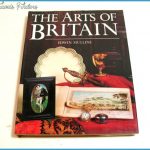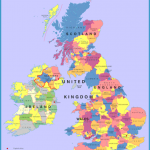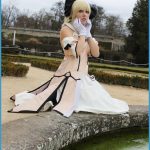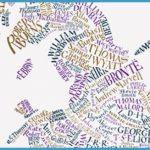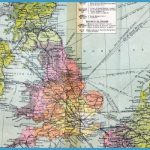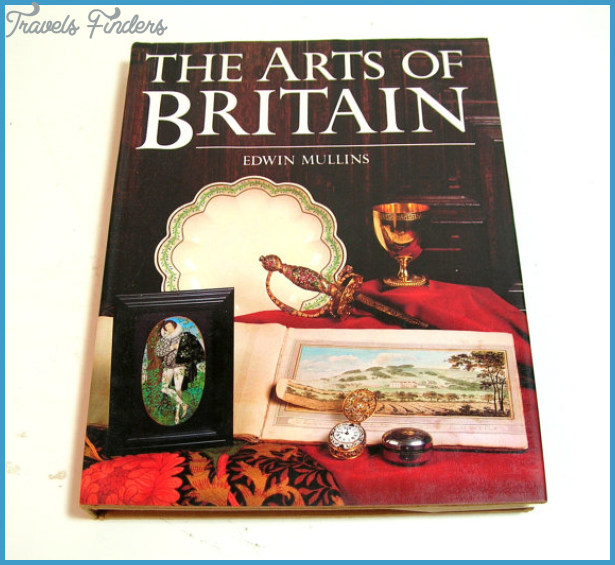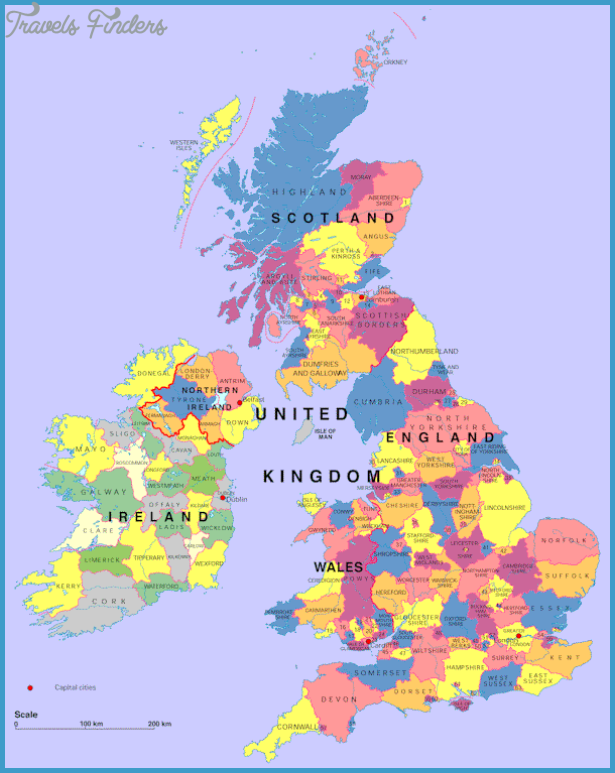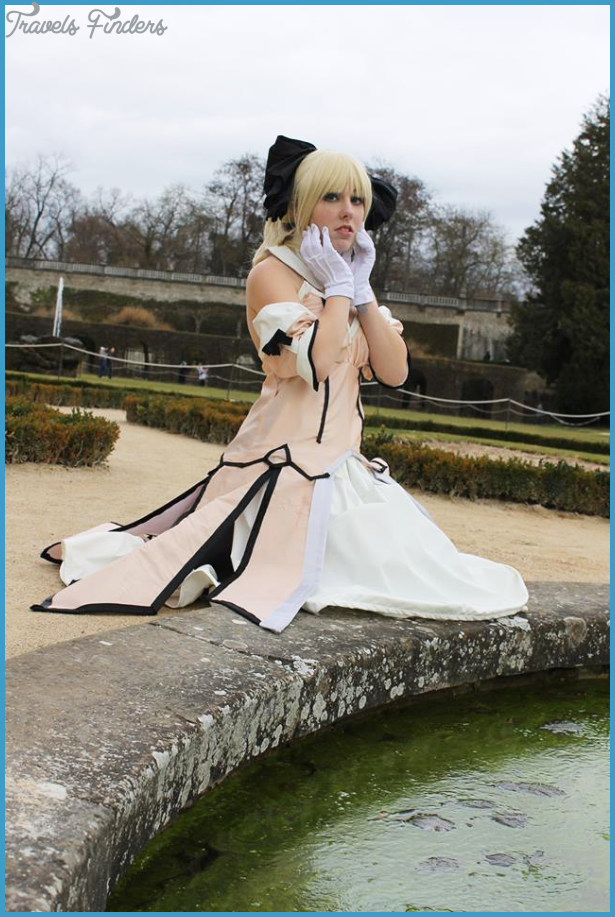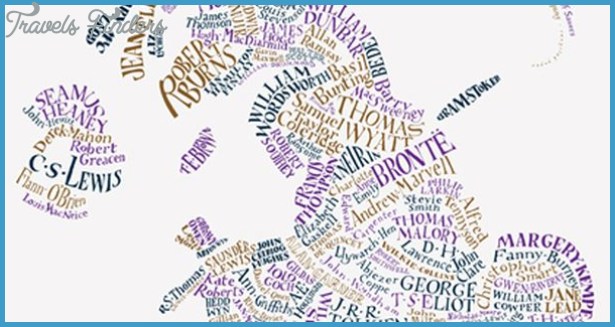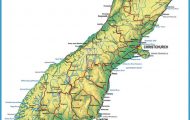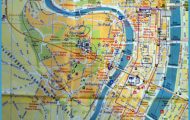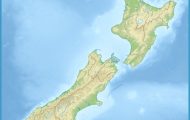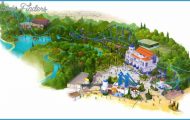THE ARTS LITERATURE OF BRITAIN
Geoffrey Chaucer tapped into the spirited side of Middle English; his Canterbury Tales (c. 1387) remain some of the funniest stories in the English canon. English literature flourished under the reign of Elizabeth I. The era’s greatest contributions were dramatic, with the appearance of the first professional playwrights. The son of a glove-maker from Stratford-upon-Avon (208), William Shakespeare looms over all of English literature. The British Puritans of the late 16th and early 17th centuries produced a huge volume of obsessive and beautiful literature, including John Milton’s epic Paradise Lost (1667). In 1719, Daniel Defoe inaugurated the era of the English novel with his popular island-bound Robinson Crusoe. By the end of the century, Jane Austen had perfected the narrative technique; most of her great novels were written in a cottage near Winchester (197).
The Romantic movement of the early 1800s found its greatest expression in poetry. The watershed Lyrical Ballads by William Wordsworth and Samuel Taylor Coleridge included classics like “Lines Composed a Few Miles above Tintern Abbey” (233) and “The Rime of the Ancient Mariner.” Victorian poverty and social change spawned the classic, sentimental novels of Charles Dickens. In the early 20th century, Virginia Woolf tried to capture the spirit of time and the mind in her novels; she and the Irish expatriate James Joyce were among the most groundbreaking practitioners of Modernism. One of Modernism’s poetic champions was T.S. Eliot; his influential poem “The Waste Land” (1922) portrays London as a fragmented and barren desert awaiting redemption. The end of the Empire and the growing gap between the classes splintered British literature in a thousand directions. Postcolonial voices like Salman Rushdie and 2002 Nobel laureate V.S. Naipaul have become an important literary force, and England continues to produce acclaimed works from writers like A.S. Byatt and Martin Amis.
Britain has also produced volumes of children’s literature. Lewis Carroll’s Alice’s Adventures in Wonderland (1865) and C.S. Lewis’s Chronicles ofNar-nia (1950-1956) have enchanted for generations. J.R.R. Tolkien wrote fanciful tales of elves, wizards, short folk, and rings (The Hobbit, 1934; Lord of the Rings, 1954-56), and recently, J.K. Rowling has swept the world with her tale of juvenile wizardry in the blockbuster Harry Potter series.

